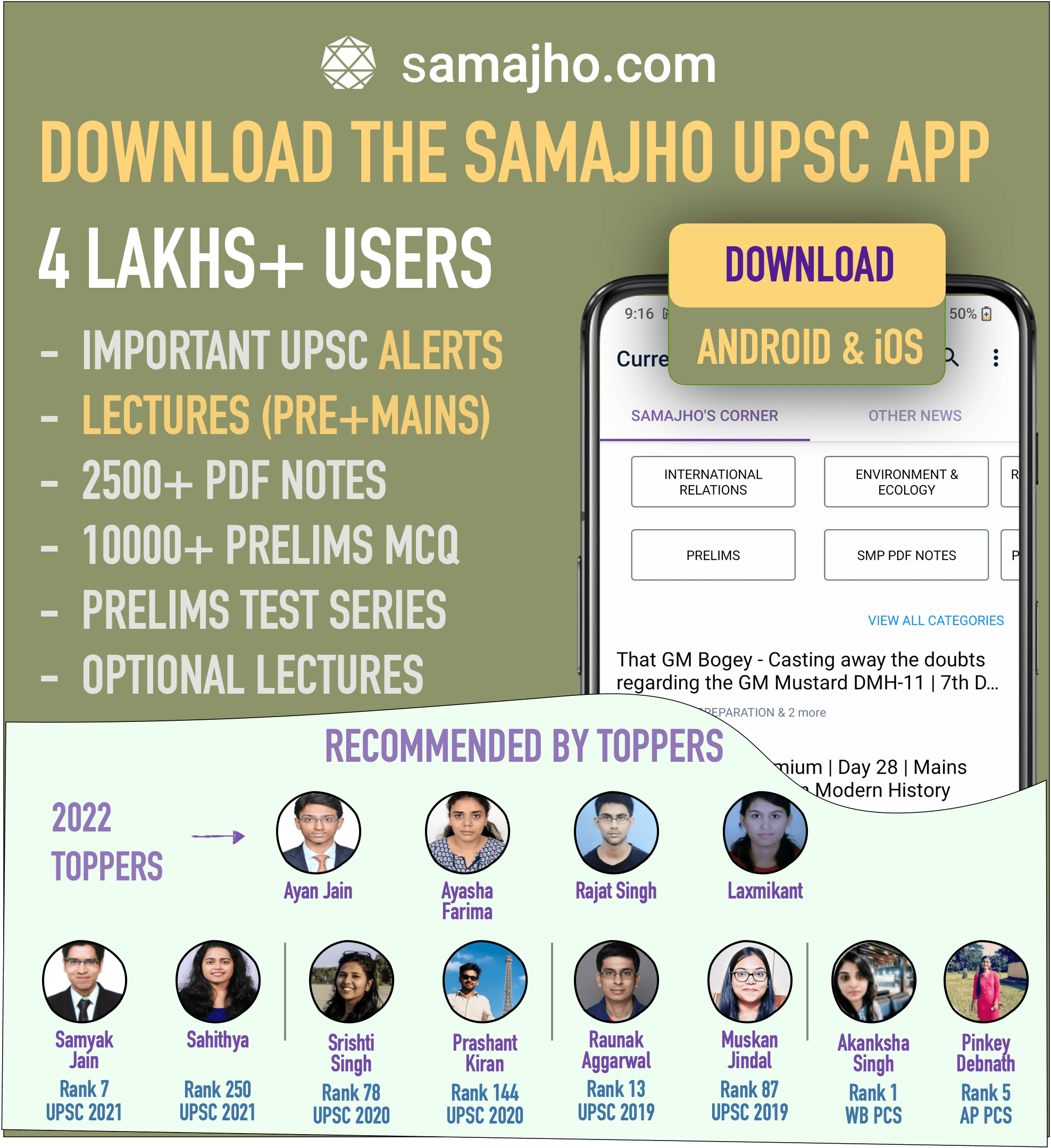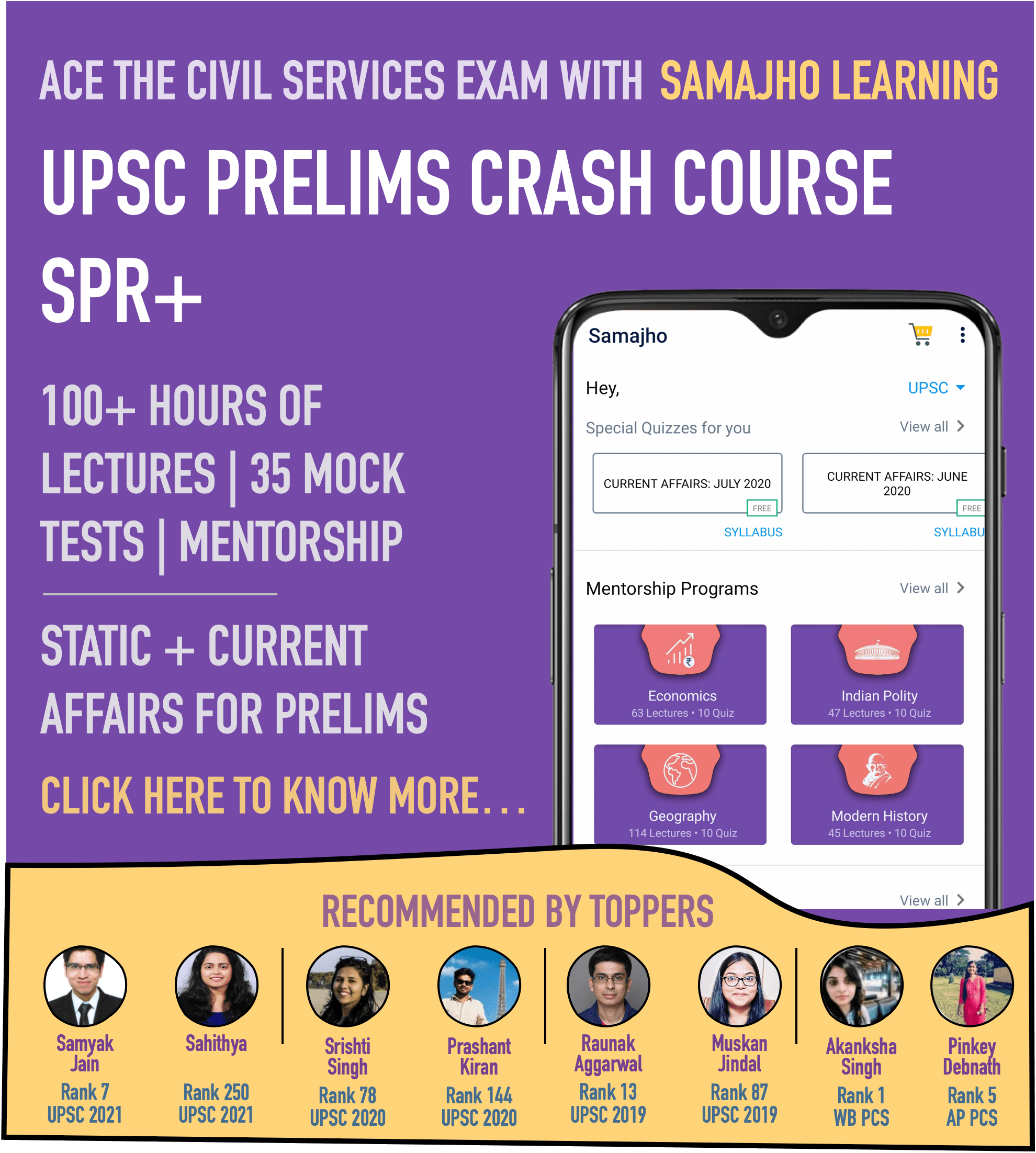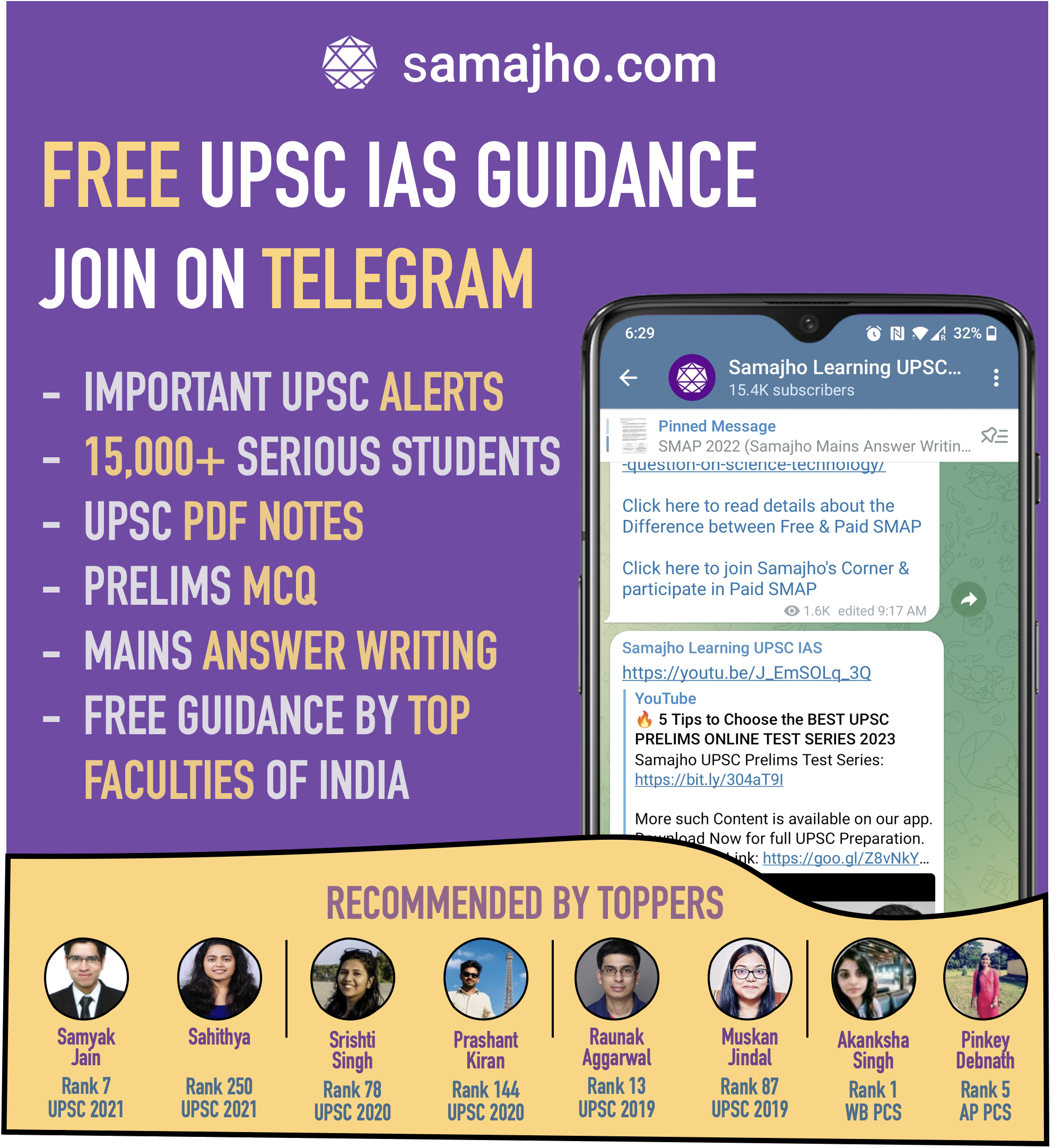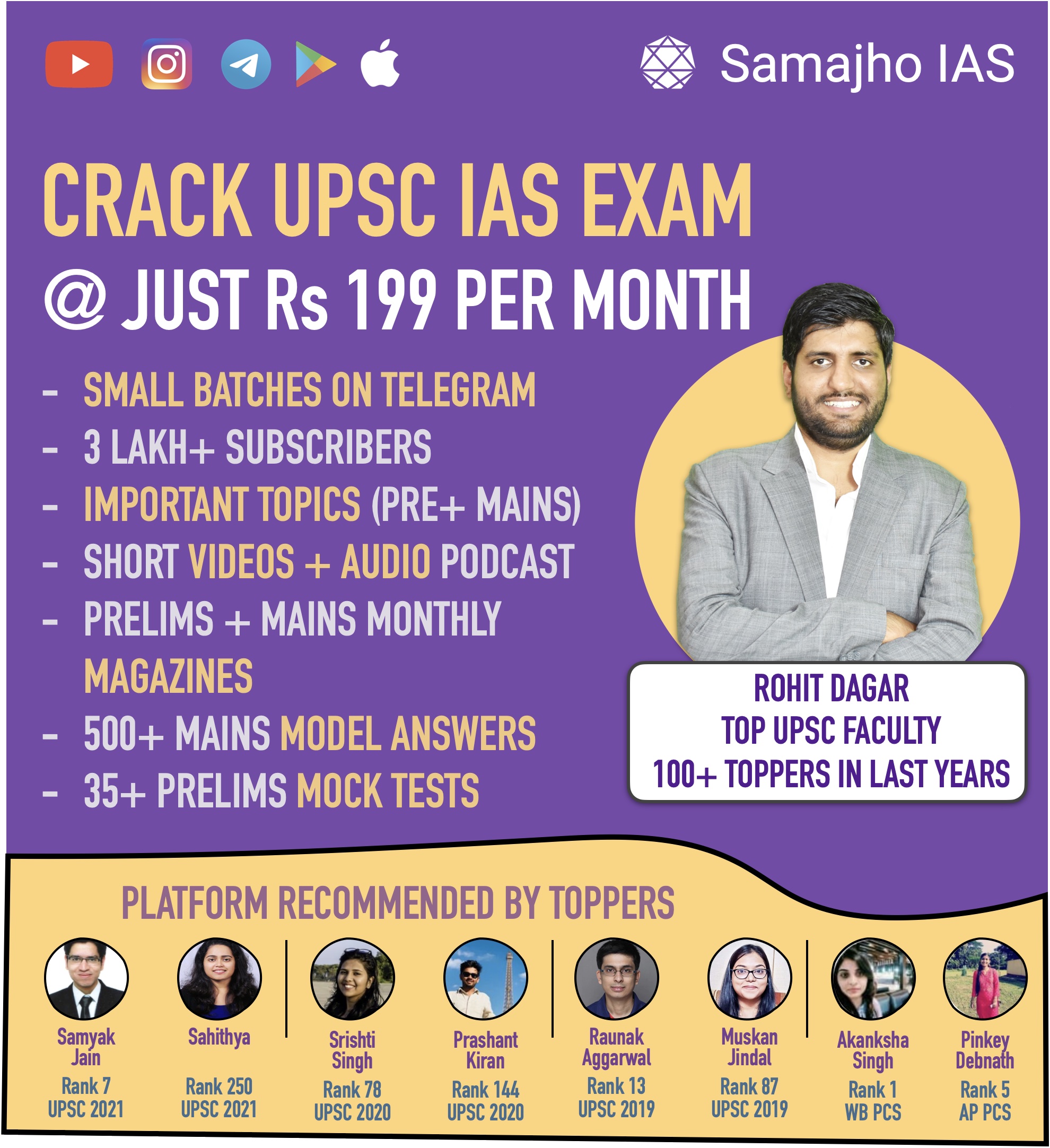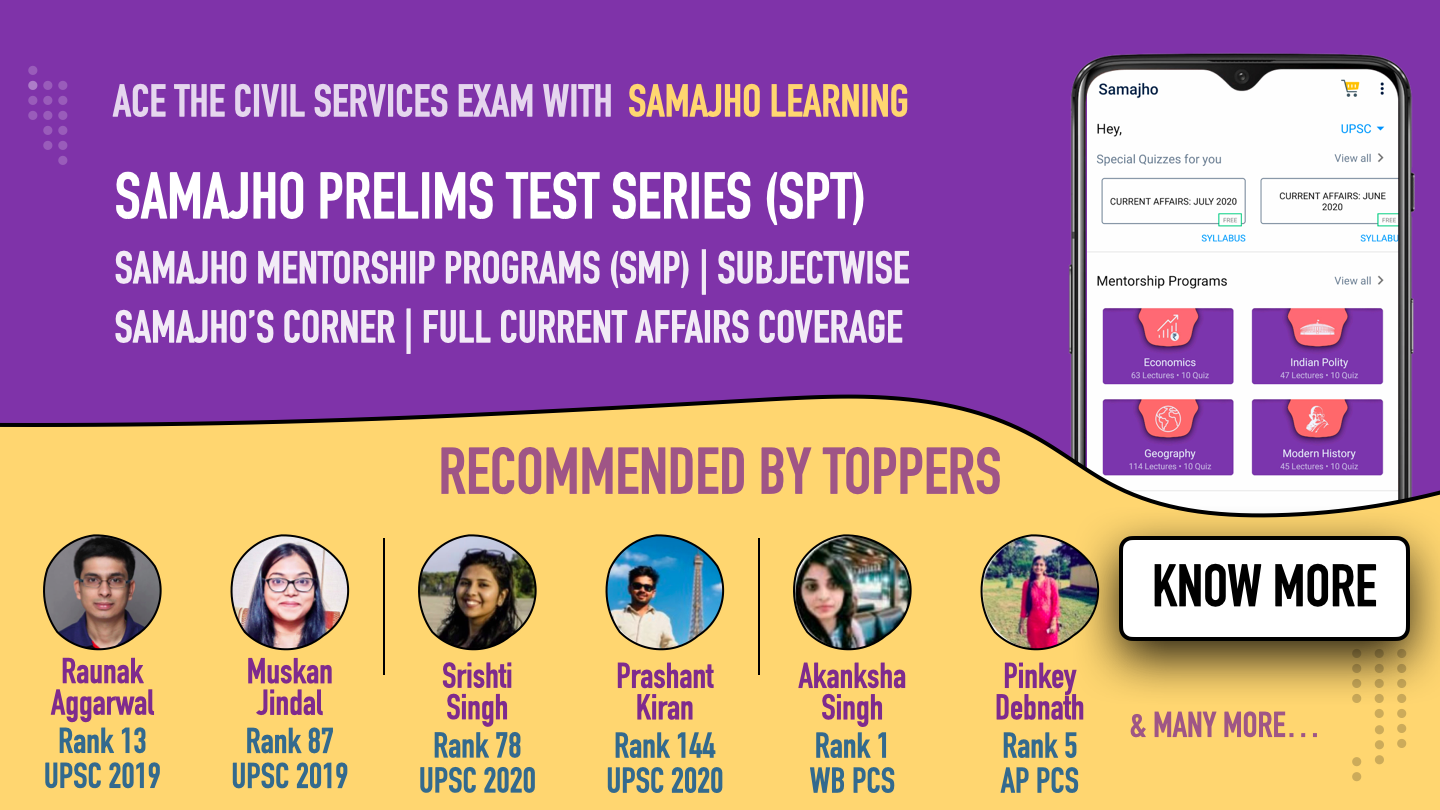A boost for science, a wider window to the universe – on LIGO-India Project | 5th May 2023 | UPSC Daily Editorial Analysis
 What's the article about?
What's the article about?
- It talks about how the LIGO India project could benefit the Indian scientific sector.
Relevance:
- GS3: Awareness in the fields of Space; Achievements of Indians in Science & Technology
- Prelims
Context:
- An advanced gravitational-wave detector (LIGO India) in the Hingoli district in Maharashtra. The facility’s construction is expected to be completed by 2030.
- In this context, the writer talks about the potential benefits of this advanced project for the development of the Indian science sector.
What is the LIGO Project?
- LIGO (Laser Interferometer Gravitational-Wave Observatory) is an international network of laboratories that detect gravitational waves.
- LIGOs are designed to measure changes in distance that are several orders of magnitude smaller than the length of the proton.
- Such high precision Instruments are needed because of the extremely low strength of gravitational waves that make their detection very difficult.
- LIGO is the world’s largest gravitational wave observatory, a scientific collaboration and marvel of engineering that consists of two facilities in the United States, one in the Pacific Northwest at Hanford, Washington, and another near the Gulf of Mexico in Livingston, Louisiana.
- LIGO uses lasers to detect ripples in space-time through a method called interferometry: as gravitational waves pass by, they cause space itself to stretch and squeeze, which scientists can measure through changes in the beams of the LIGO lasers.
What are Gravitational Waves?
- Gravitational waves are ripples in the fabric of space and time that travel at the speed of light.
- They are created by the motion of massive objects, such as black holes or neutron stars, which generate gravitational waves when they orbit or collide with each other.
- Albert Einstein’s 1916 general theory of relativity first predicted the phenomenon of gravitational waves. But it took physicists another century to prove Einstein right by observing them directly.
- Most of the history of astronomy has been accomplished by observing light and the electromagnetic spectrum — everything from radio waves to infrared and visible light to high-energy x-rays and gamma rays — but gravitational waves are fundamentally different; they are ripples in space-time, the fabric of the universe itself.
- In 2015, for the first time in human history, physicists observed the gravitational waves emanating from two merging black holes, 1.3 million light years from earth.
- This Nobel prize-winning breakthrough was accomplished by LIGO, a research initiative that the U.S. The National Science Foundation first began investing in the late 1970s.

Potential benefits of LIGO India project:
- Domestic level:
- It will become a resource for students, researchers, and educators throughout local communities.
- It will create new opportunities in Maharashtra’s Hingoli district.
- It can create jobs across the technical workforce, unleash new avenues for scientific talent and inspire the next generation of science, technology, engineering, and mathematics (STEM) leaders.
- At collaboration level:
- LIGO-India is a collaboration between the LIGO Laboratory — operated by Caltech and MIT and funded by the National Science Foundation (NSF) — and India’s RRCAT, the Institute for Plasma Research (IPR), the Inter-University Centre for Astronomy and Astrophysics (IUCAA), and the Department of Atomic Energy Directorate of Construction, Services and Estate Management (DCSEM).
- By joining the global network, LIGO-India will push forward the boundaries of what science and technology can achieve and help unlock some of the universe’s greatest mysteries.
Way Forward:
- The construction of LIGO-India is a major milestone for gravitational wave science and for the universal progress of science that transcends borders. The observatory will help to answer some of the most fundamental questions about the cosmos.
- And through collaboration with like-minded partners, it will provide current and aspiring scientists with a wider window into the universe while inspiring the next generation.
Recent Articles
- India-Canada Relations: A Comprehensive Analysis of History, Ups and Downs, and Current Challenges
- World Heritage Sites in India Under Threat: A Recent Overview
- 100 Most Important Topics for Prelims 2024
- Most Important Tribes in News 2024
- Most Important Index in News 2024
- Geography 2024 Prelims 365
- Government Schemes & Bodies 2024 Prelims 365
- Society 2024 Prelims 365
- Economy 2024 Prelims 365
- Polity 2024 Prelims 365
Popular Articles
- UPSC CSE 2023 Mains Essay Paper Model Answers
- UPSC CSE 2023 Mains GS 1 Paper Model Answers
- UPSC CSE 2022 Mains GS 1 Paper Model Answers
- Model Answers for UPSC CSE 2021 GS 1 Paper
- Food Adulteration and Laws for its Prevention in India
- India-EU Relations
- Welfare schemes for vulnerable sections of the population by the Centre & States & the performance of these schemes
- SMAP 2022 Free | Day 1 | Mains Practice Question on Geography
- An account of Man-Made Disasters
- E-Governance Explained
Popular Topics
ART & CULTURE
CASE STUDIES
COMMITTEES & SUMMITS
DISASTER MANAGEMENT
ECONOMICS
ECONOMICS PREMIUM
ECONOMICS STATIC
ECONOMIC SURVEY
EDITORIAL
ENVIRONMENT & ECOLOGY
ENVIRONMENT PREMIUM
ETHICS
GEOGRAPHY
GEOGRAPHY PREMIUM
GEOGRAPHY STATIC
HEALTH
HISTORY
HISTORY PREMIUM
HISTORY STATIC
INDIAN POLITY
INDIAN POLITY PREMIUM
INDIAN POLITY STATIC
INTEGRITY & APTITUDE
INTERNAL SECURITY & DEFENSE
INTERNATIONAL RELATIONS
LITE SUBSCRIPTION PREMIUM
MAINS
MAINS CORNER PREMIUM
PLUS SUBSCRIPTION PREMIUM
POLITY & GOVERNANCE
PRELIMS
PRELIMS CURRENT AFFAIRS MAGAZINE
PRO SUBSCRIPTION PREMIUM
REPORTS
SAMAJHO'S CORNER PREMIUM
SAMAJHO ANALYSIS
SAMAJHO CORNER PREMIUM
SCIENCE & TECHNOLOGY
SELF PREPARATION
SMAP ANSWER WRITING
SOCIETY
SPR
SYLLABUS
TELEGRAM
YOJANA GIST
